The story of Blackpool's first free school
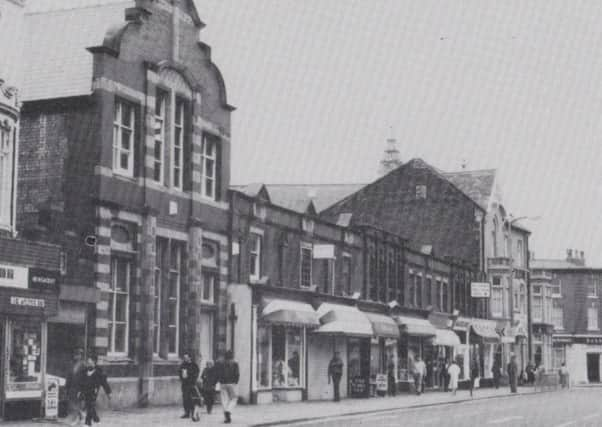

Back in 1817, Blackpool was a mere village of some 750 citizens, with no provision for the education of its children.
It led John Gisborne – a visitor from Derbyshire, concerned for the welfare of this small but rapidly growing community – to raise funds to build and equip a school. Within two years he had collected enough money to purchase from the executors of the late William Yates, a plot of land on Poulton Road – now renamed Church Street – then a pleasant country lane.
Advertisement
Hide AdAdvertisement
Hide AdCosting in excess of £621, the then somewhat plain building consisted of a boys’ and girls’ school, with a house for the headmaster. Opening in 1817 with 40 scholars, it was then known as Blackpool National School. The Trust Deed required all pupils to be instructed in the reading of English Language, Writing, Arithmetic and the Principals of the Christian Religion.
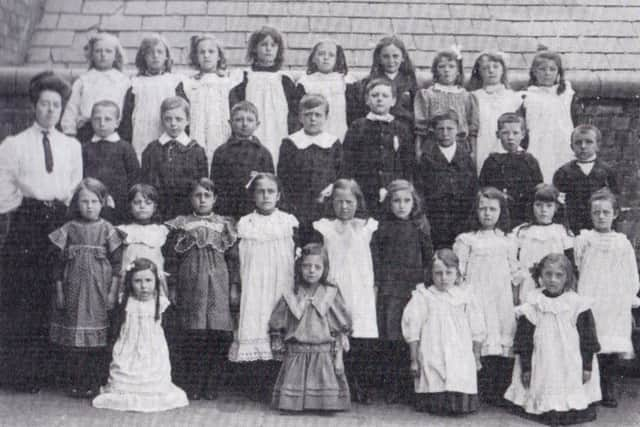

For the children of parents belonging to the Church of England, weekly instruction in the Catechism was required to be followed by its annual recitation in a church at Bispham, that is until one was built in Blackpool.
Coming under the auspices of the National Society for the Education of Children, the school had the honour of being the first in the area to be incorporated into the Borough of Blackpool, which came into being some 59 years later, in 1876.
That portion of Marton containing Marton Baines Endowed School was not incorporated until 1879, while the urban district of Bispham with Norbreck, with its endowed school, not until 1919.
Advertisement
Hide AdAdvertisement
Hide AdThe first master of the school when it opened was Anthony Hodgkinson who, in 1825, was succeeded by John Walmsley. When not teaching, Walmsley also traded as a local grocer.
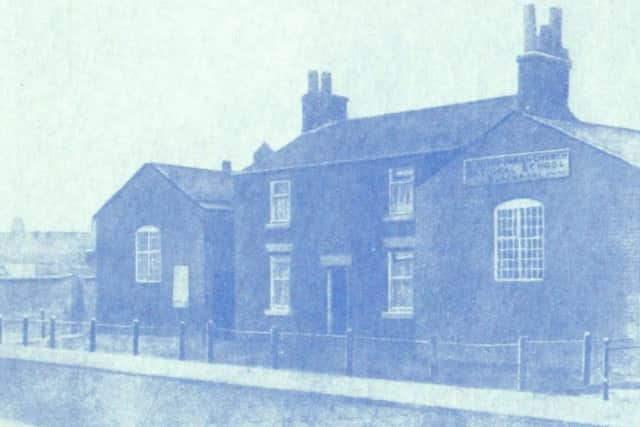

In 1866, WJ Brown, universally known as Cocky Brown was appointed Headmaster. A strong and noted believer in firm discipline, he was reputed to have had a cane that, was as thin and flexible as possible. Boot inspection took place every morning. Very much the moving spirit behind the school’s increasing success, he remained very firmly at its head for 40 years.
School holidays at that time comprised three weeks at Christmas and three weeks in August or September.
In July 1821, the Coronation of King George IV was celebrated with the 139 children on the role being presented with a Coronation Medal.
Advertisement
Hide AdAdvertisement
Hide AdWithin 50 years, the school had grown to 211 pupils, more than doubling in size by 1884. In 1869 a new assistant teacher was appointed, alongside one trained certified teacher and one pupil-teacher. Brown himself supervised all the classes in Reading, Writing Arithmetic, while also teaching the two top forms.
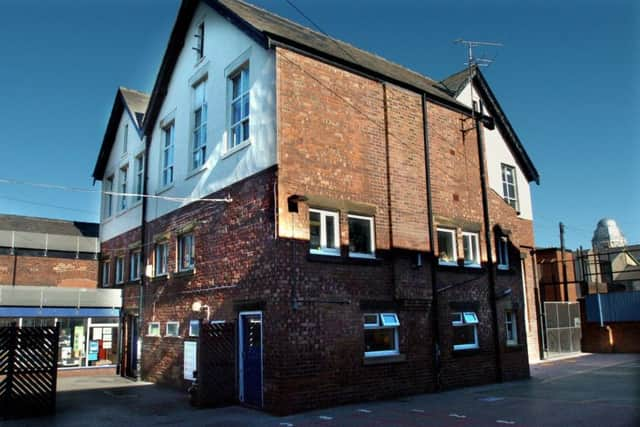

By 1877, the staff had increased to three certified teachers and five pupil teachers. Also employed was one paid monitor and one sewing teacher. By 1887, the curriculum had widened to include Map Drawing, Art, Poetry, Knotting and Sewing. Music, Literature, Latin and Domestic Economy followed in 1882.
Twelve months earlier the school had been classed as, Excellent in all Respects, by a visiting team of inspectors. First rebuilt in 1895, that year the trustees disposed of part of the site to allow the construction of the row of shops that once formed the frontage on Church Street.
Cocky Brown died in July 1906, after a remarkable record of devoted service St John’s. His eldest son, Alfred Jenour Brown succeeded him in October.
Advertisement
Hide AdAdvertisement
Hide AdVery much in the family tradition, Brown Junior would serve the school for a further 20 years.
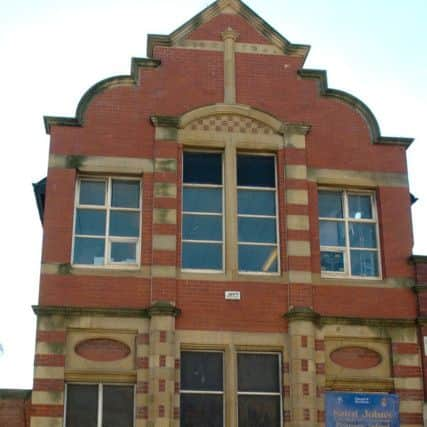

While inheriting his father’s reputation, he also inherited a large number of his father’s problems. These centred on the ever-continuing limitations of the buildings, exacerbated by a dramatic increase in pupil numbers. He had a constant battle with irregular pupil attendance, particularly during the summer.
Despite a large number of children moving to Claremont School when that opened in 1907, St John’s remained full to the brim. Extra staff had to be brought in to alleviate the large classes taught in the small classrooms.
Notable among the regular events was Empire Day when pupils would sing patriotic songs, hold a march past, and salute the flag. Regularly competing in the Blackpool Music Festival, pupils also took part in the Town Council’s once popular Lytham to Blackpool Walk. Brown stepped down as Headmaster in December 1926.
Advertisement
Hide AdAdvertisement
Hide AdHe was succeeded by JW Roche, who been at the school since 1923. In August 1927, he proudly announced a major landmark, the school becoming a Junior Mixed School. Pupil numbers remained high, medical and dental inspections became the norm, while a branded milk drink was offered to pupils during the winter months.
Further alterations to the buildings were undertaken, while during the Second World War, the school hosted evacuee children. Hugely popular Roche died suddenly on New Years Day, 1947, to be succeeded briefly by Charles Whitfield.
Whitfield left St John’s in December 1949 to move to a school in Hertfordshire. Succeeding him as Headmaster in March 1950, was Harry Brewer.
He would totally immerse himself in the town’s affairs, spending many years as a Warden of St John’s Church. Austere and stern, while a very a strict disciplinarian, he was also very kind.